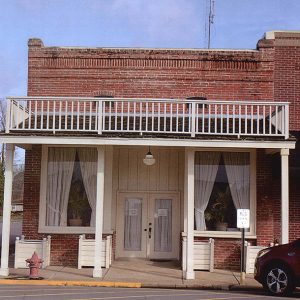 Dairyman's Bank Building
Dairyman's Bank Building
Entry Type: Place - Starting with D
 Dairyman's Bank Building
Dairyman's Bank Building
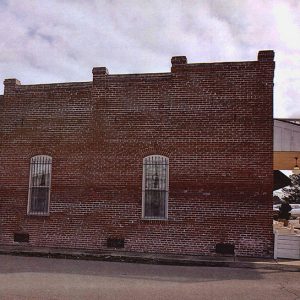 Dairyman's Bank Building
Dairyman's Bank Building
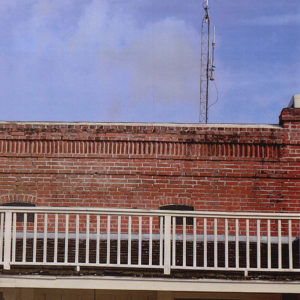 Dairyman's Bank Detail
Dairyman's Bank Detail
Daisy (Pike County)
Daisy Airgun Museum
 Daisy Airgun Museum
Daisy Airgun Museum
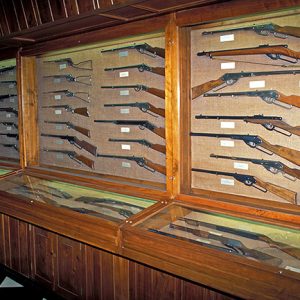 Daisy Airgun Museum
Daisy Airgun Museum
Daisy State Park
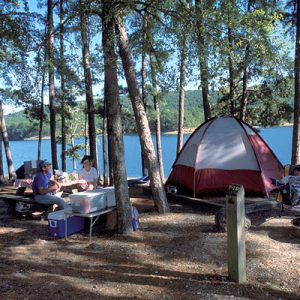 Daisy State Park
Daisy State Park
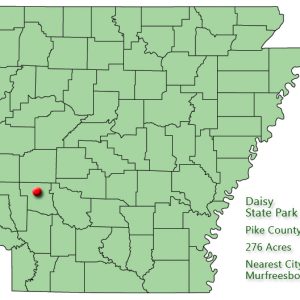 Daisy State Park: Park Location
Daisy State Park: Park Location
Dale Bumpers White River National Wildlife Refuge
aka: White River National Wildlife Refuge
Daleville (Clark County)
Dallas County
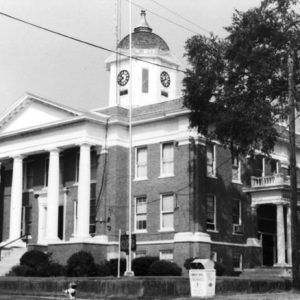 Dallas County Courthouse
Dallas County Courthouse
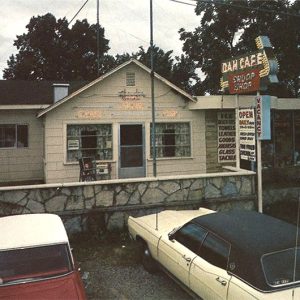 Dam Cafe
Dam Cafe
Damascus (Van Buren and Faulkner Counties)
Damascus CCC Camp No. 3781 Historic District
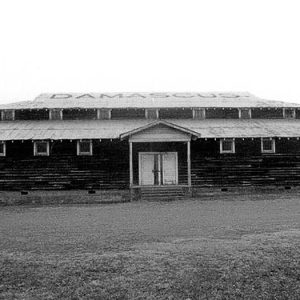 Damascus Gymnasium
Damascus Gymnasium
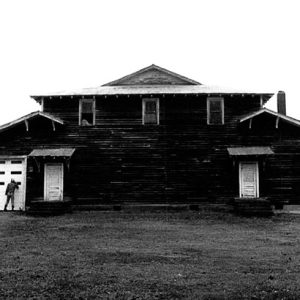 Damascus Gymnasium Rear
Damascus Gymnasium Rear
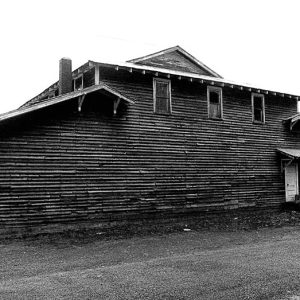 Damascus Gymnasium Side
Damascus Gymnasium Side
 Damascus United Methodist
Damascus United Methodist
 Dante House
Dante House
Danville (Yell County)
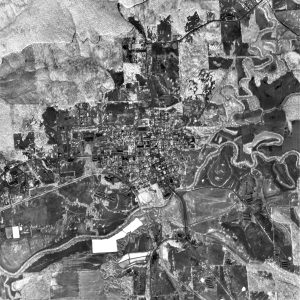 Danville Aerial View
Danville Aerial View
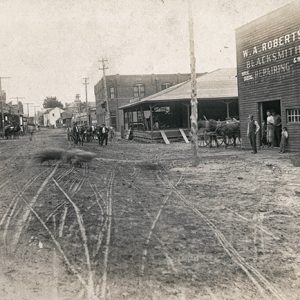 Danville Street Scene
Danville Street Scene
 Danville Street Scene
Danville Street Scene
 Danville Street Scene
Danville Street Scene
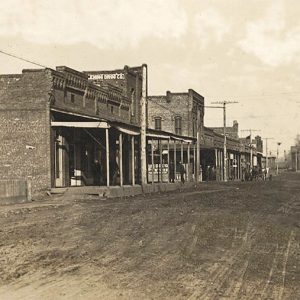 Danville Street Scene
Danville Street Scene
Dardanelle (Yell County)
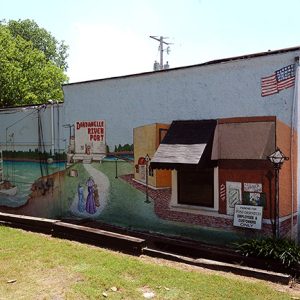 Dardanelle Mural
Dardanelle Mural
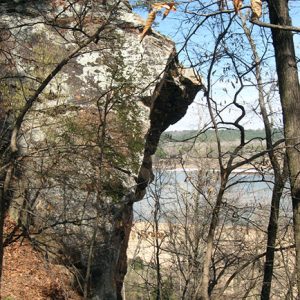 Dardanelle Rock Natural Area
Dardanelle Rock Natural Area
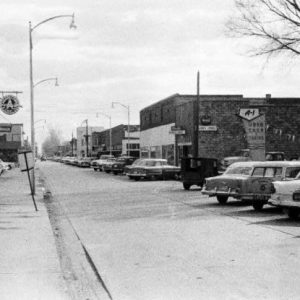 Dardanelle Street Scene
Dardanelle Street Scene
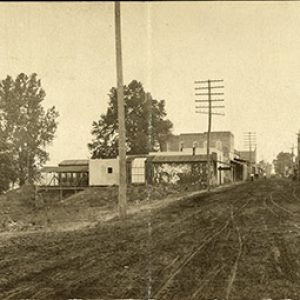 Dardanelle Street Scene
Dardanelle Street Scene
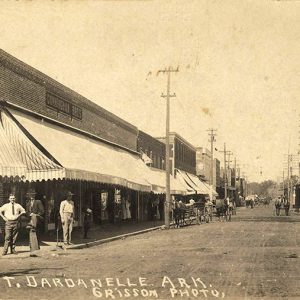 Dardanelle Street Scene
Dardanelle Street Scene
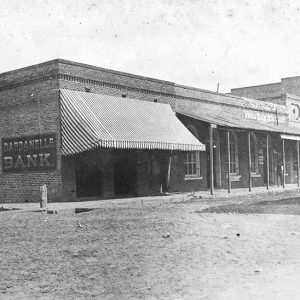 Dardanelle Street Scene
Dardanelle Street Scene
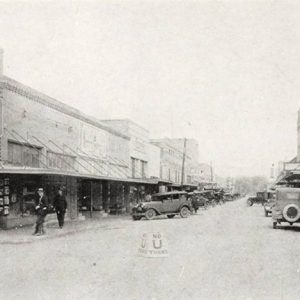 Dardanelle Street Scene
Dardanelle Street Scene
 Dardanelle Street Scene
Dardanelle Street Scene
Datto (Clay County)
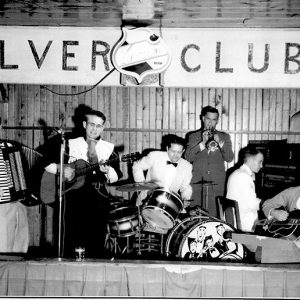 Jimmy Davidson Band
Jimmy Davidson Band
Davidsonville (Randolph County)
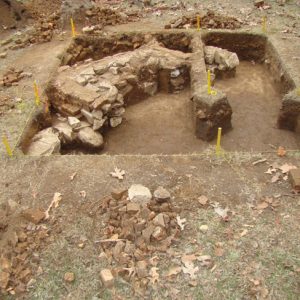 Davidsonville Excavation
Davidsonville Excavation
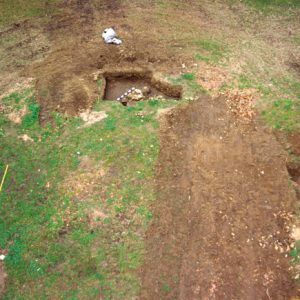 Davidsonville Courthouse Remains
Davidsonville Courthouse Remains
Davidsonville Historic State Park
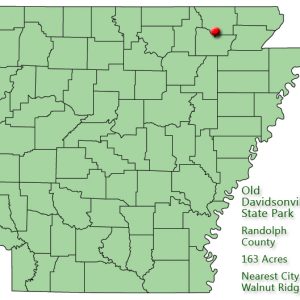 Davidsonville Historic State Park: Park Location
Davidsonville Historic State Park: Park Location
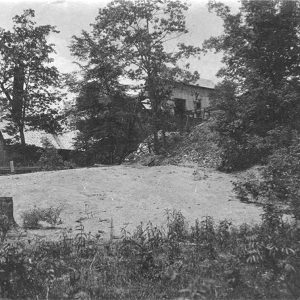 Davis Mine
Davis Mine
 Dawson Grocery
Dawson Grocery
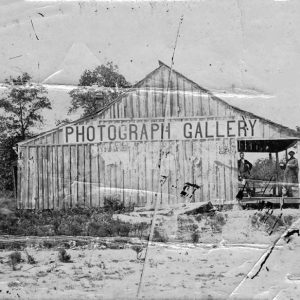 Dayton Bowers’s Photograph Gallery
Dayton Bowers’s Photograph Gallery
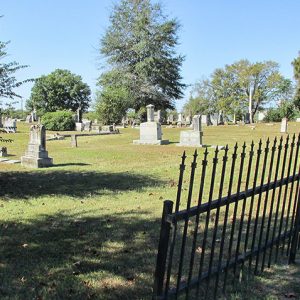 De Ann Cemetery
De Ann Cemetery
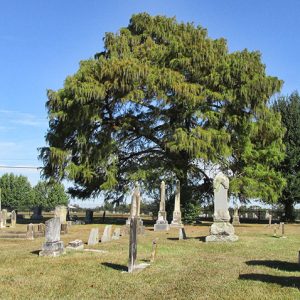 De Ann Cemetery
De Ann Cemetery
 De Ann Cemetery Fence
De Ann Cemetery Fence




